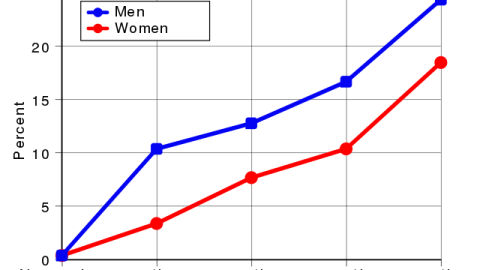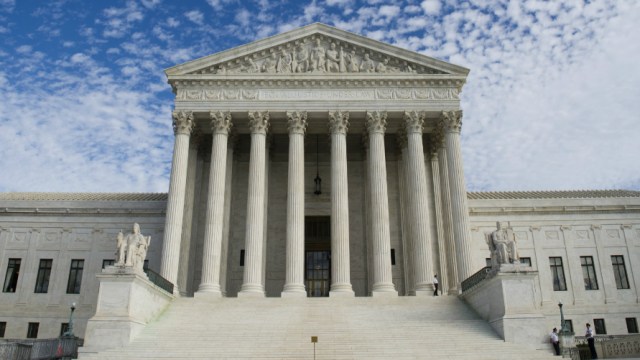New Data on Cancer Risk. The Picture is More Complicated Than it Seems

A new study, “The Global Burden of Cancer 2013,” reports that the number of new cancer cases per year is rising: 14.9 million cases of all types of cancer worldwide in 2014, a whopping 67 percent more than in 1990. Frightening news, right? Meanwhile, the rate of cancer deaths per year in most places is actually decreasing, down 0.74 percent since 1990. Good news, right?
But wait. Which is it? Is the risk of cancer going up or down? Should we worry more or less? These general numbers don’t really answer that question. What they do is teach an important lesson about the challenge of assessing just how worrisome things are. One or two numbers rarely tell the whole story. To assess just how much risk you face, you’ve got to do a little digging, and apply a bit of critical thinking.
So how can cancer cases be going up, and the rate of deaths be going down? In small part, it’s because cancer treatment is getting better. Cancer (there are more than 150 types) is not the automatically fatal disease it used to be. But it’s mostly because people are living longer, which means the overall population is going up, which means that the portion of the population dying of cancer, the rate — is going down. Together these related statistics — the number of new cases and the rate of deaths — tell a fuller story than either one alone.
But surely it is alarming news in its own right that the number of new cancer cases – the incidence — is rising. That must mean we are being assaulted by ever more carcinogens, right? Well, no. The incidence number also needs a bit of perspective. Life expectancy is also generally increasing worldwide. We’re living longer, which is good news, except that’s the principal explanation for the increase in cancer incidence. Cancer is predominantly a natural result of aging; as we live our lives our cells are reproducing all the time, and sometimes (roughly once in a million of these reproductions) a mistake occurs in the DNA in the cells’ nucleus. When we live long enough, enough of those mistakes — mutations — can mount up in a single strand of DNA, that the cell starts to grow uncontrollably and cancer begins. In the United States, out of 855,220 new cases of cancer in 2014, 801,230 — 90 percent! — were in people 45 or older.
Of course it is bad news, tragic news, that cancer incidence is rising. Those abstract statistics represent real people, real suffering, real loss. But the overall cancer picture is just not as simple as it first seems from a single statistic.
The same holds true for most risks. One number doesn’t tell the whole story. The problem is, most of us have neither the time nor expertise to dig into the numbers to get the fuller picture. And the news media rarely offers more than one number, which is often the most dramatic and scariest number, so our main source for this sort of risk information often provides less than the full view.
It doesn’t take much effort to find out more. There are tons of reliable sources of data readily available that can help put any risk in perspective. Just remember to find out about total cases, total deaths, and the rate for each… the percentage of the overall population. Also find out about the trends; are cases and deaths — and the death rate — increasing or decreasing? And find the numbers relevant to your population, by gender and age and location.
It may take a bit more digging and time, but if you want to know what the numbers say about how risky things are so you can make more informed and healthier choices, it’ll be time well spent.





